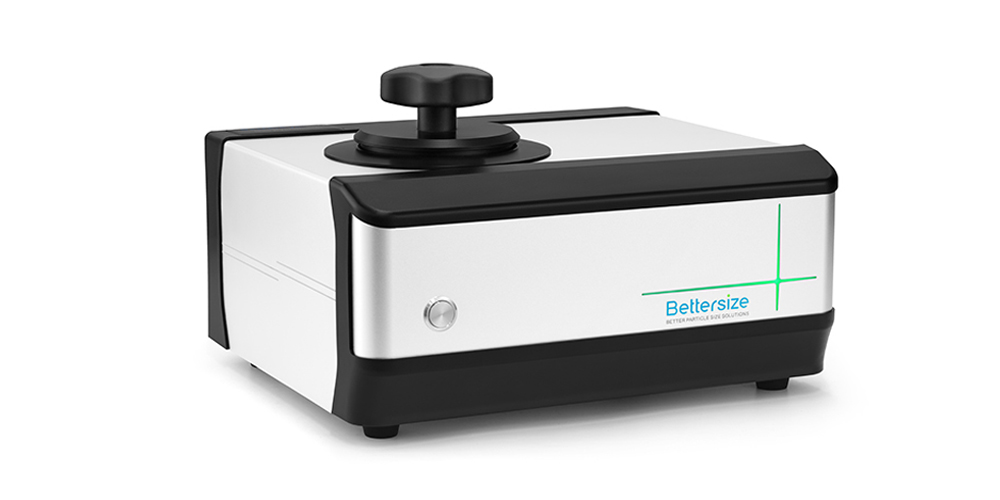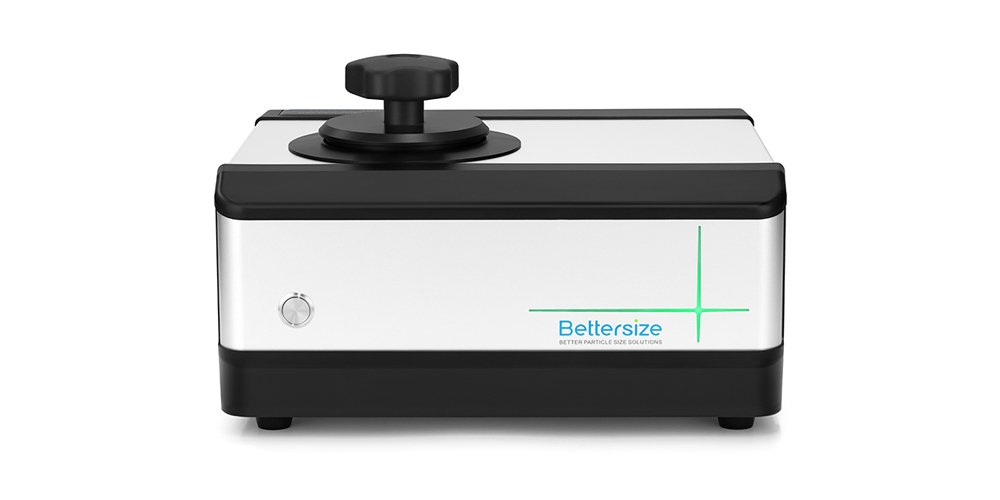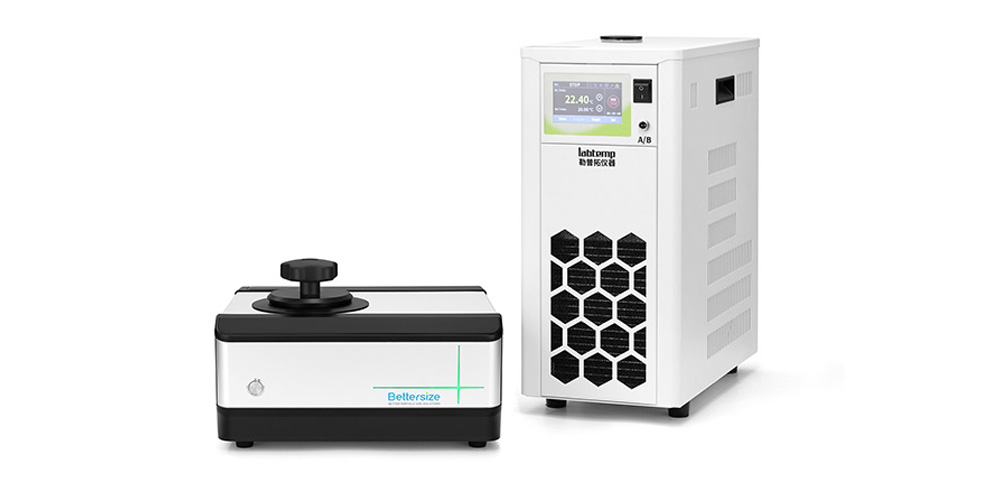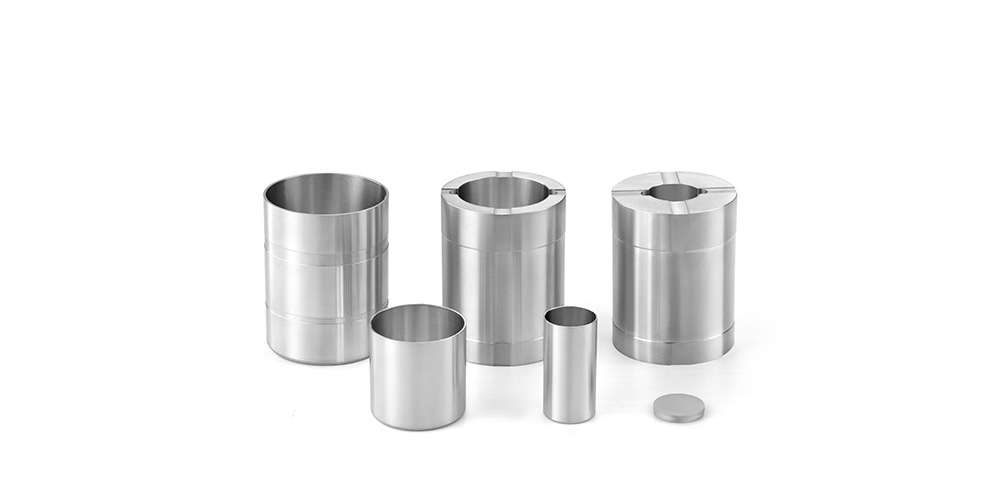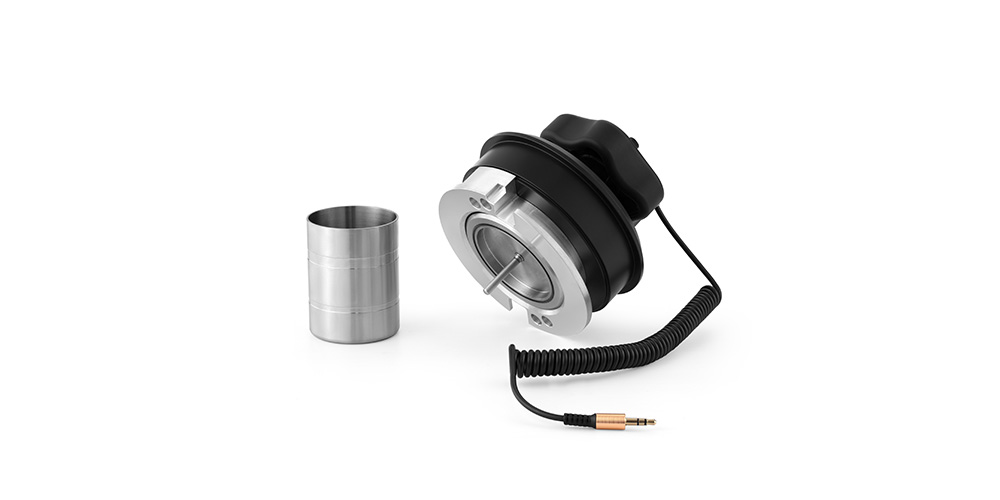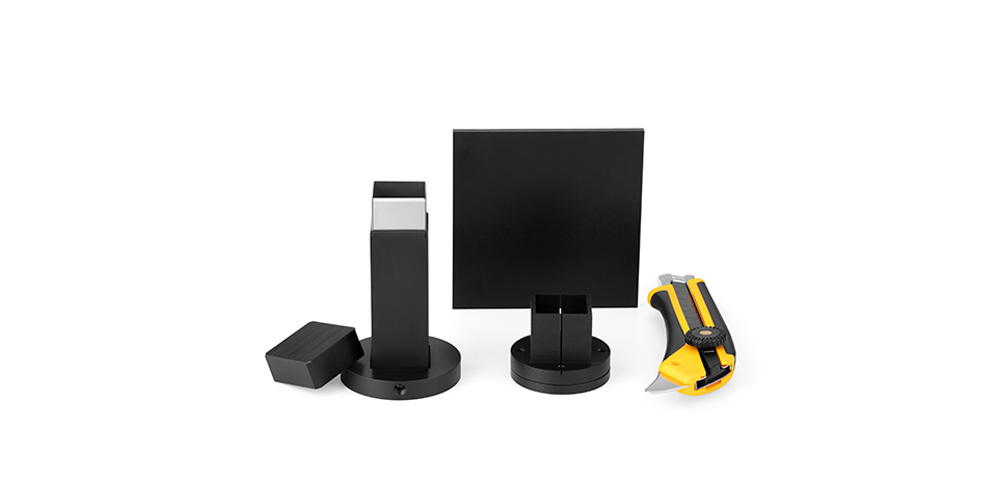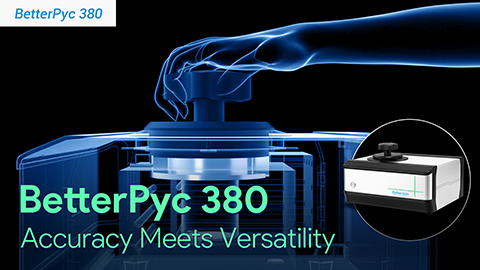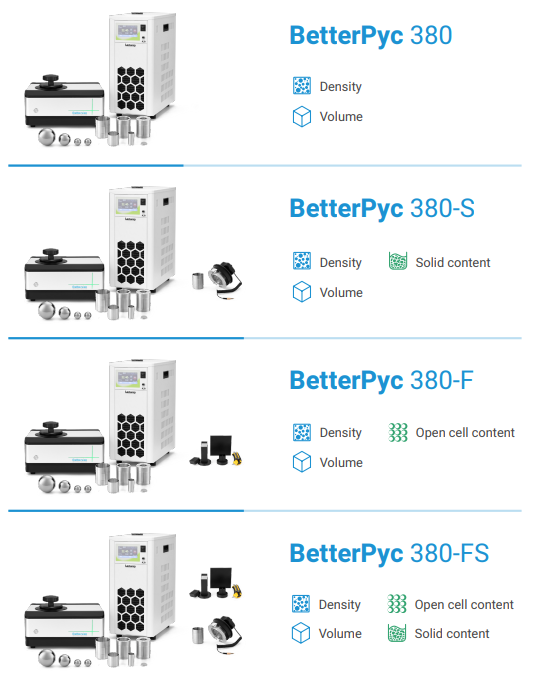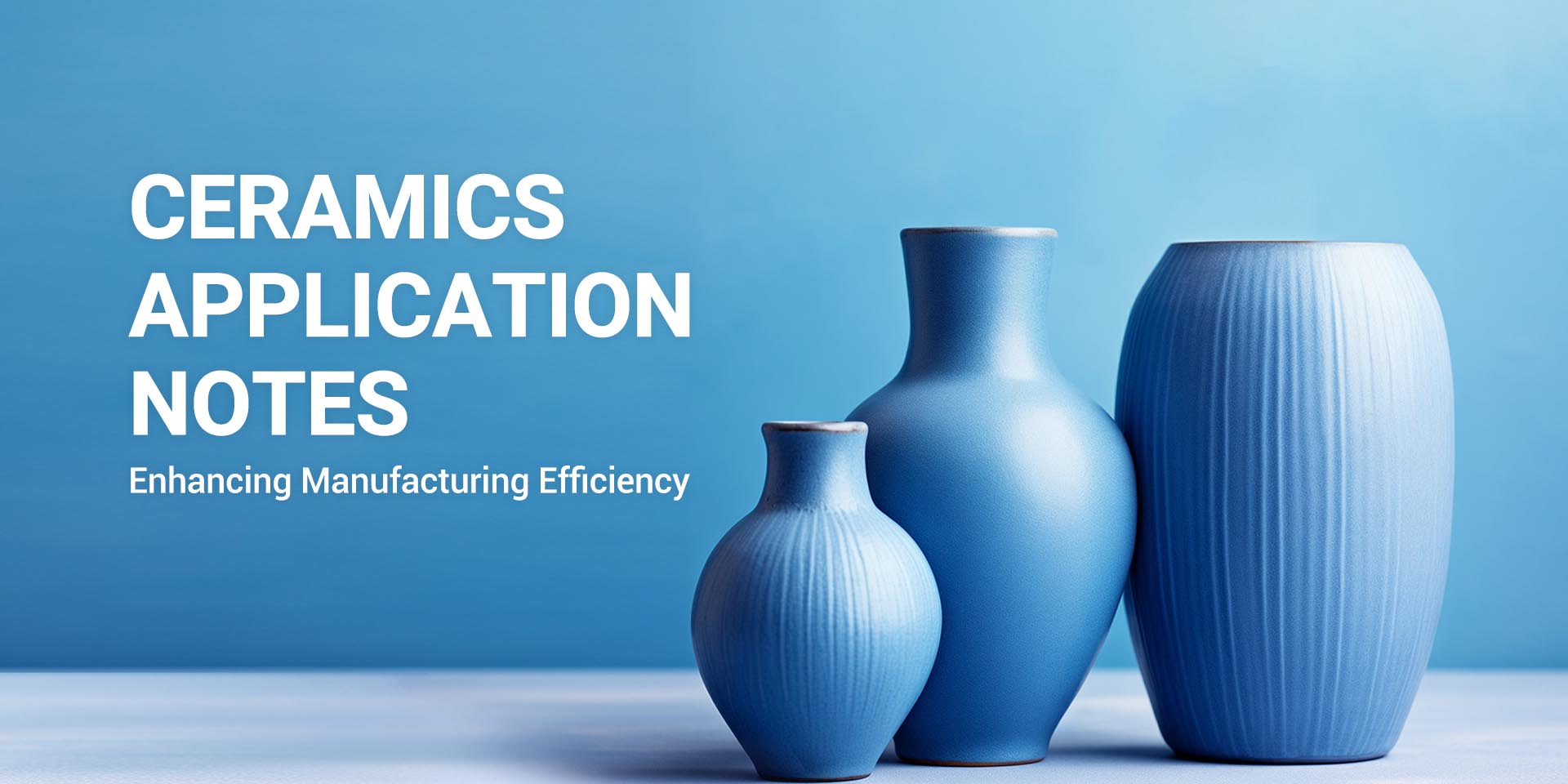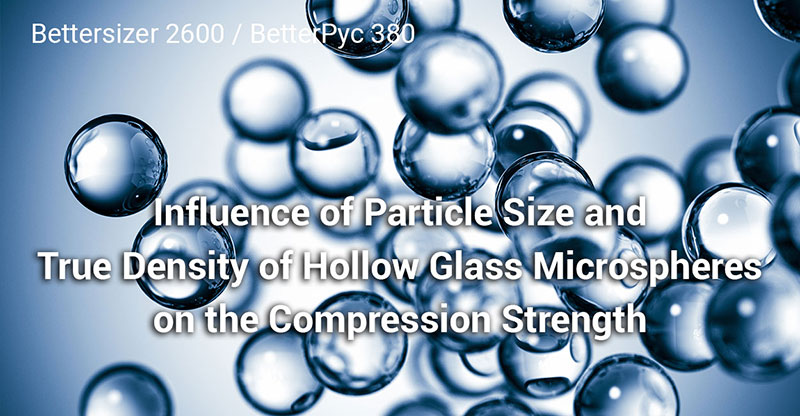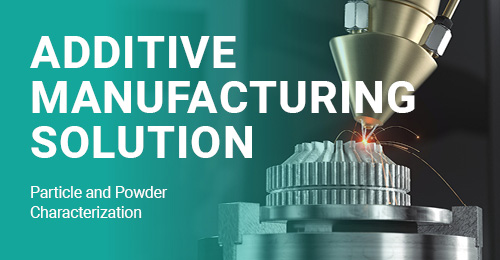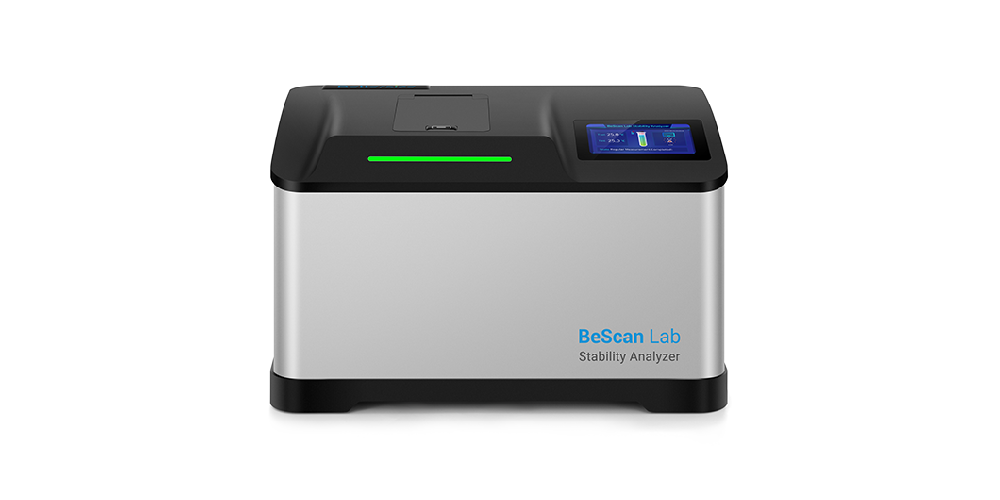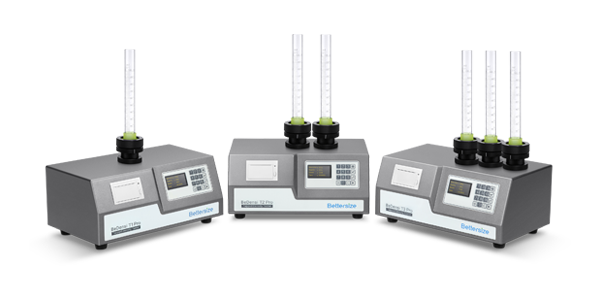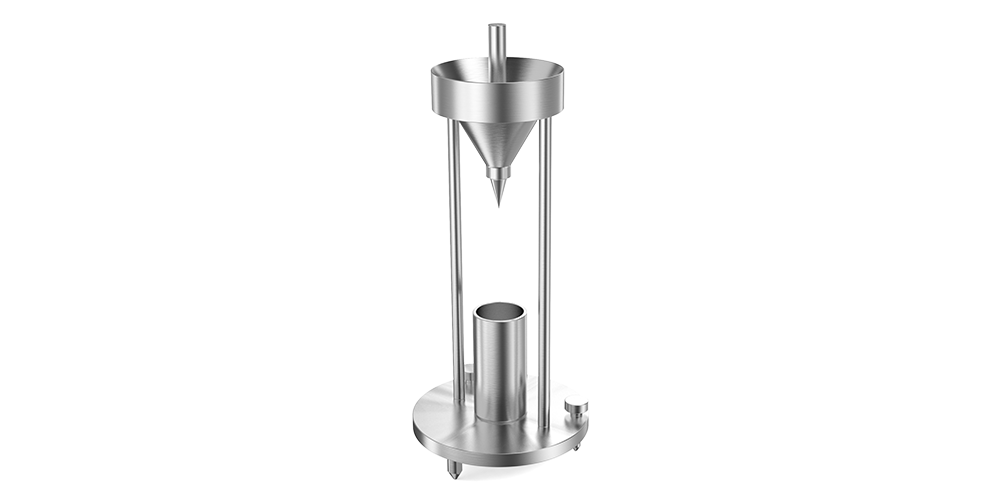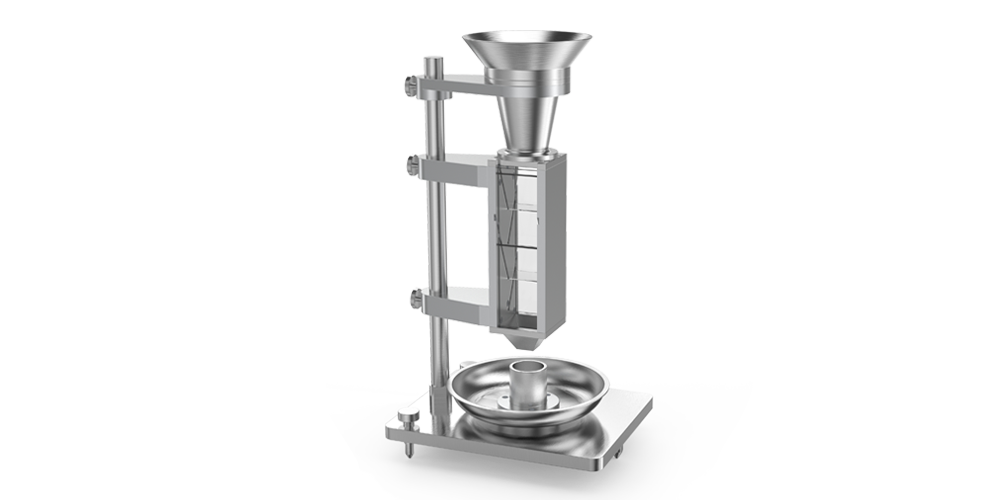BetterPyc 380
The BetterPyc 380 is an automatic gas pycnometer that uses the gas displacement method to deliver highly accurate measurements with ease, offering precision at its best. With temperature control, pressure sensing, and intuitive software, it measures the volume, true density, solid content, and open cell content of your samples with up to 4-digit accuracy. Designed for research and production in a wide range of industries, the BetterPyc 380 will unlock the full potential of your products.
Features and Benefits
- ● Multiple Functions: Volume, Density, Solid Content, Open Cell Content
- ● High-Accuracy
- ● Effortless Operation
- ● Integrated Software Solution
- ● Friendly Sample Requirement
Video
How to Operate BetterPyc 380 to Measure Open Cell Content? 
Overview of BetterPyc 380 | Versatile Gas Pycnometer 
What is True Density? Fundamentals of BetterPyc 380 
What is Gas Displacement Method? How to Calculate the True Density of Materials? 
How to Operate BetterPyc 380 for Volume Calibration? 
How to Operate BetterPyc 380 to Measure the Solid Content? 
How to Operate BetterPyc 380 to Measure the Density? 
Overview
1. Features and Benefits
- Multiple functions
Provides four measurements, including volume, density, solid content, and open cell content, while maintaining the sample integrity.
- High-accuracy
Ensures extreme accuracy and reliability with temperature control, high-resolution transducers, and calibrated chamber volumes.
- Effortless operation
Offers automatic measurement, calibration, and leak detection, which are accessible to operators of all experience levels.
- Integrated software solution
Direct connection to balance and remote control to the external water bath.
- Friendly sample requirement
Only needs a 1-100 cm3 sample and maintains the integrity of your samples.
2. Working Principle
This automatic gas pycnometer is designed based on the gas displacement method. It works by introducing an analysis gas, such as helium or nitrogen, into a sealed sample chamber of known volume and then expanding it into a precise reference chamber. By recording the pressures before and after expansion, the volume can be accurately measured.

♦ Gas pre-heating
The gas pre-heating is achieved through a precise temperature-control system that maintains a consistent temperature within a narrow range, leading to more accurate measurements. The temperature-control system is a crucial feature of the automatic gas pycnometer design.
♦ Gas displacement
The gas is introduced into the sample chamber, displacing the empty space and penetrating the pores of the sample.The chamber lid, which provides a tight seal, ensures that the sample chamber is completely sealed and prevents any gas leakage during the measurement process.
♦ First pressure equilibrium
Pressure 1 is recorded after the first equilibrium. The temperature control system maintains a stable gas temperature, allowing pressure to equilibrate to lower 0.005 psig/min. A high-resolution transducer measures the pressure inside the sample chamber after equilibration.
♦ Gas expansion
The gas is then allowed to expand into a reference chamber. Dual built-in reference chambers match the free space in the sample chamber for accurate results. The appropriate chamber is selected automatically based on the sample cup size, making it an ideal choice for precise density measurements.
♦ Second pressure equilibrium
Pressure 2 is recorded after the second equilibrium and the gas is vented into the atmosphere. After that, the result is calculated. An integrated vacuum pump extracts gas to improve purge efficiency and reduce measurement errors.
3. Industries We Serve
The BetterPyc 380, which complies with many ASTM and ISO standards, is a versatile instrument that can be used in a wide range of industries. It is able to accurately measure the density of a wide range of materials, the solid content in slurries, and the open cell content in plastic foams, enabling process optimization and quality assurance in relevant industries.
| APPLICATION | DISCUSSION | STANDARD | APPLICATION | DISCUSSION | STANDARD |
| Powder Metallurgy | The skeletal density of metal determines its properties and processing results, and the performance of metal structures can be predicted from powder skeletal density. | ASTM D923-22 | Cellular Plastic | Plastic foam properties vary based on the open/closed cell ratio. Insulation foams reduce thermal conductivity with trapped gas in closed pores. Flotation devices float due to closed air-filled pores. |
ASTM D6226-21 ISO 4590-2016 |
| Pigments | Dried film density helps determine the VOC content of clear and pigmented coatings, which is regulated by the government. |
ASTM 6093-97 ISO 8130-2:2021 |
Pharmaceutical | Product density determines and controls active or excipient composition. Product forms, purity, etc. can be determined by comparing measured density with theoretical and historical values. |
USP 699 EP10 04/2019:20923 |
| Cement | True density is essential for ensuring the quality and performance of cement powder, influencing its flowability, strength, and environmental impact. | T/CCAS 012 | Soil | Soil specific gravity (SG), which is related to soil density, must be corrected due to precipitate formation after drying. A precipitate with lower SG leads to lower results, while one with higher SG leads to higher results. | ASTM D5550 -14 |
| Food | True density is crucial for ensuring the consistency and quality of dry food, affecting its processing, shelf life, and nutritional value. |
- | Calcined Coke | The density of calcined petroleum coke is a crucial quality specification for coke calcination, as it affects the properties of the resulting artifacts. | ASTM D2638-21 |
| Powder Coating | Total solids content helps determine coating coverage potential. Dry pigment blends are monitored by comparing measured and theoretical densities based on composition. |
ASTM D5965-20 | Refractory | True density is useful for: classification, identifying chemical differences, revealing mineral phases or alterations, determining total porosity and calculating results for other tests. | ASTM C604-02 |
Curated Resources
Related Powder Characteristics Analyzer
-
BeScan Lab
Stability Analyzer
Particle size ranges from 10 nm to 1 mm
Volume fraction up to 95%
Compliance with ISO/TR 18811, 13097, 21357, 22107
-
BeDensi T Pro Series
Tapped Density Tester with a Wallet-Friendly Solution
Number of Workstations: 1-3
Tapping Speed: 100 - 300 taps/min
Repeatability: ≤1% variation
-
PowderPro A1
Automatic Powder Characteristics Tester
Operation Mode: Automatic
Tapping Speed: 50 - 300 taps/min
Repeatability: ≤3% variation
-
BeDensi B1
Bulk Density Tester
Measurement: Bulk Density
Compliance with GB/T 16913
-
BeDensi B1-S
Scott Volumeter
Measurement: Bulk Density
Compliance with USP, Ph. Eur., ASTM, and ISO standards
-
HFlow 1
Flowmeter Funnel
Measurement: Bulk density and Flow rate
Compliance with USP, Ph. Eur., ASTM, and ISO standards


